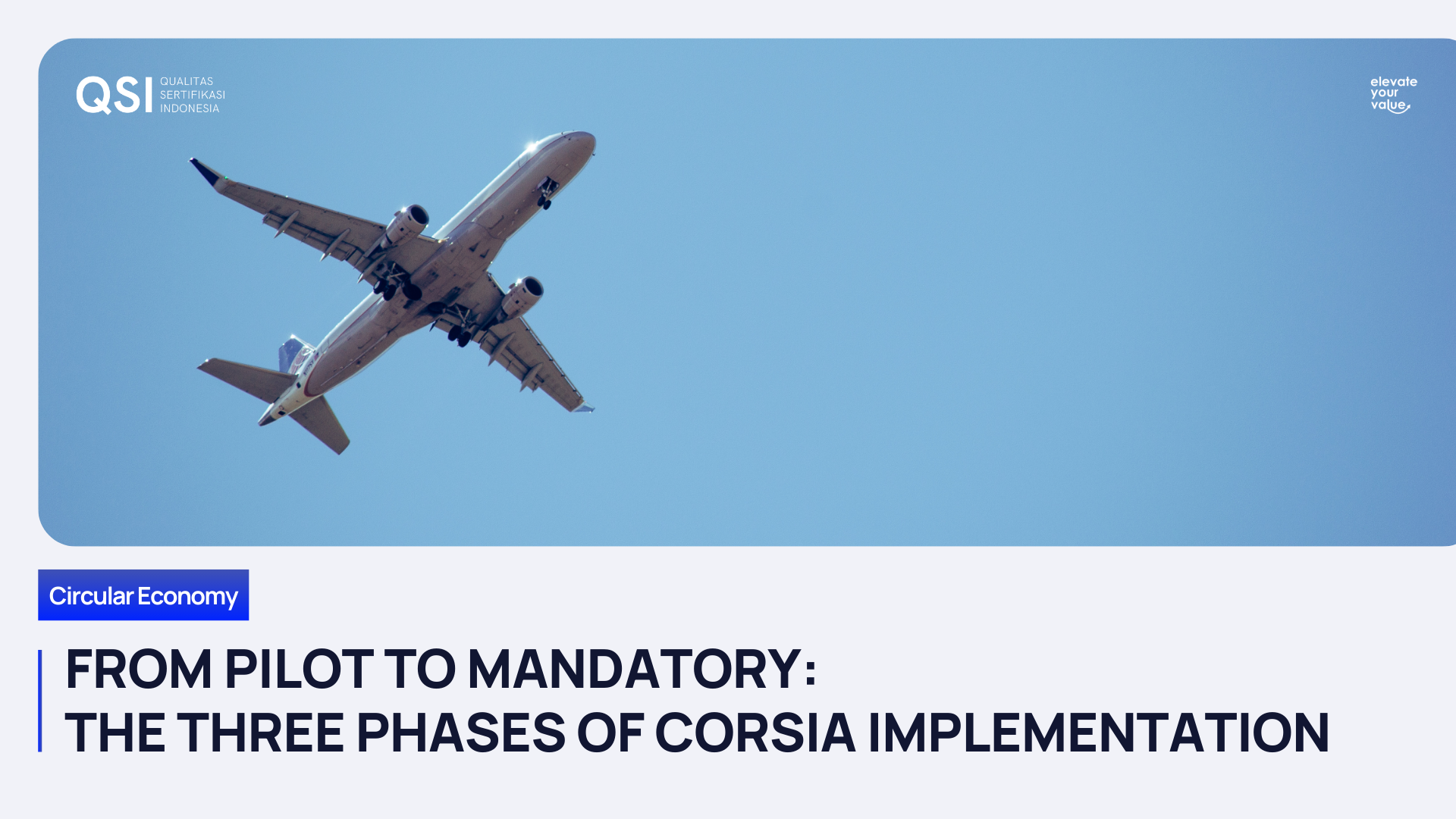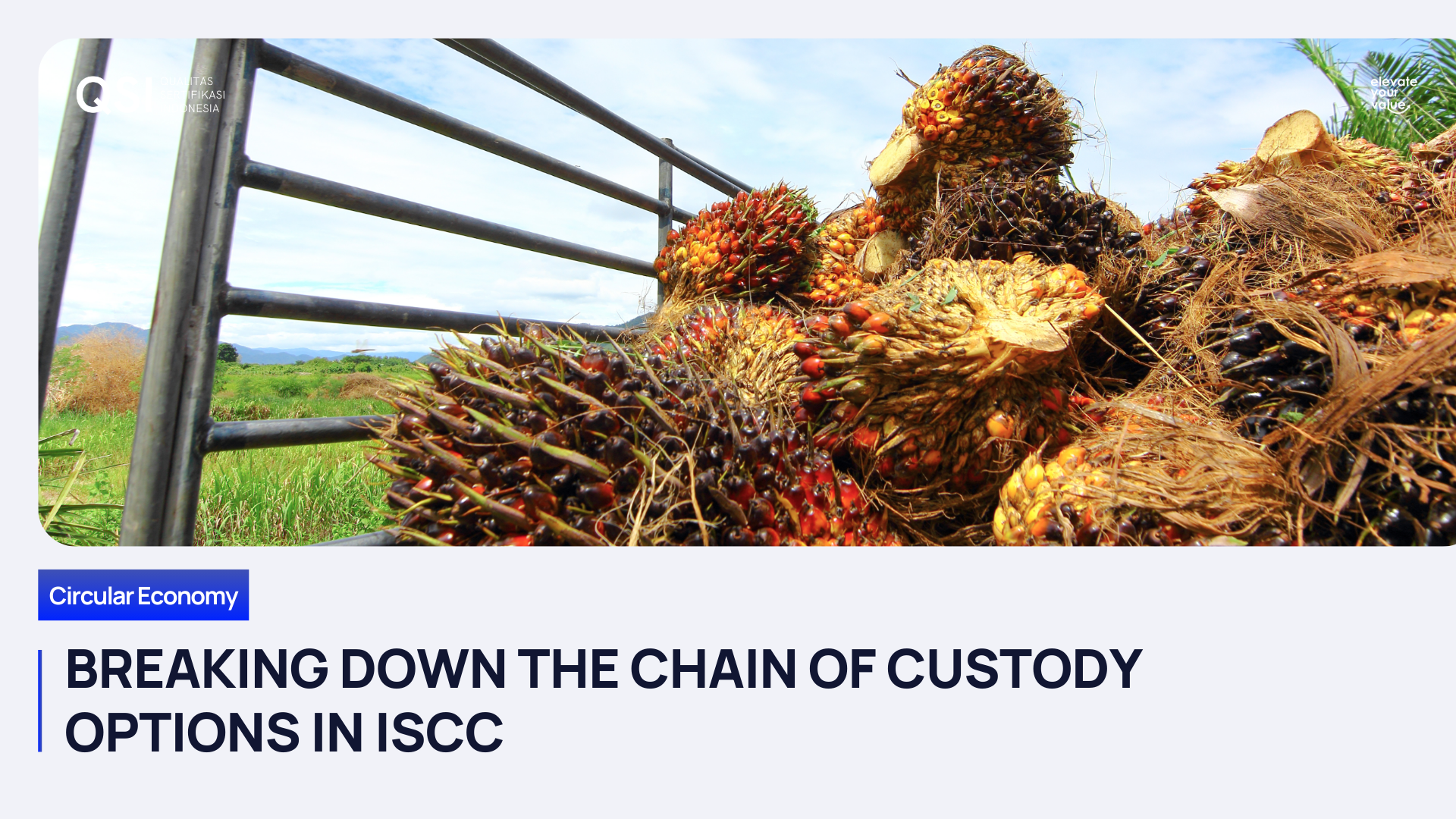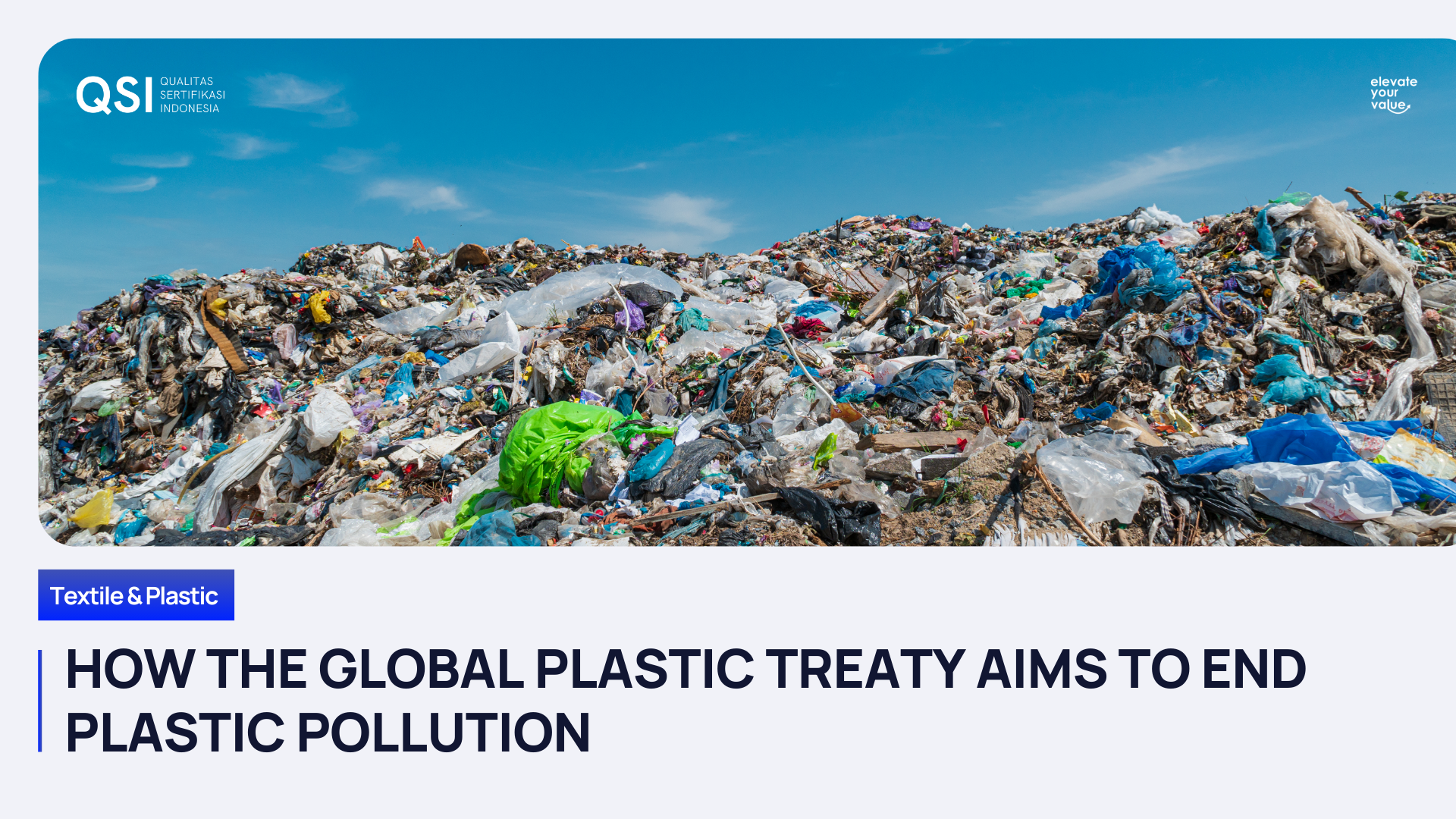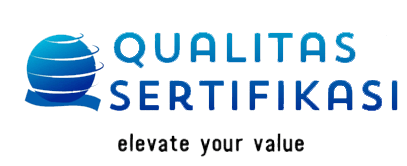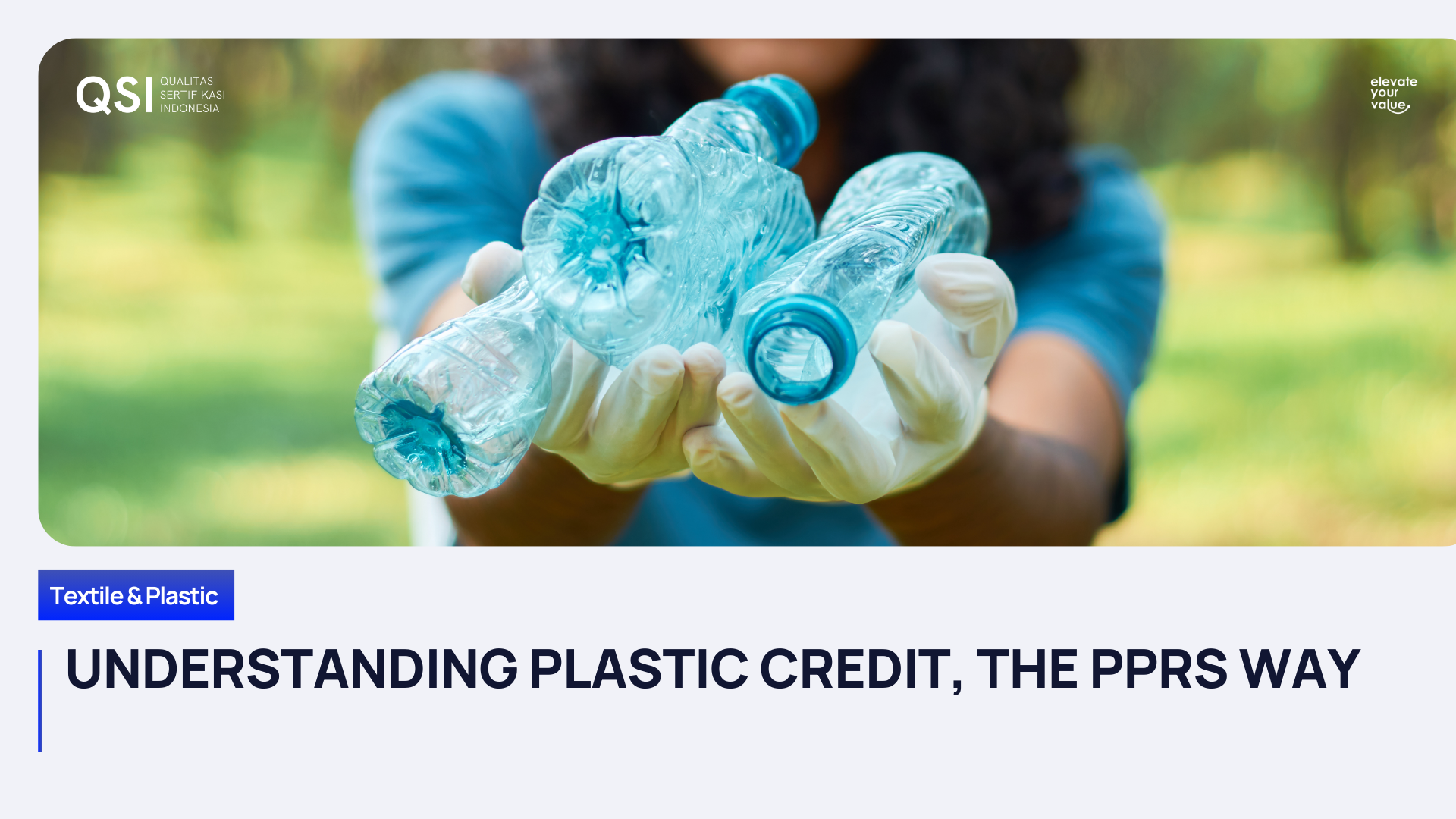The Power of a Great Workplace Culture in PT Qualitas Sertifikasi Indonesia
In today's fast-paced business world, there's more to success than just dollars and cents. A company's culture, often overlooked in the hustle and bustle of the corporate grind, is a game-changer that can shape its future. A positive work culture, one that puts employees' happiness, engagement, and job satisfaction at the forefront, has a massive impact that ripples through every corner of an organization. In this article, we'll dive into the awesome influence of a positive work culture, with a spotlight on how PT Qualitas Sertifikasi Indonesia is a shining example.
The Joy of Employee Engagement and Satisfaction
At PT Qualitas Sertifikasi Indonesia, we've got the recipe for making our team members feel like rockstars. Workers there aren't just cogs in a machine; they're part of a family. This feeling of being valued and respected fuels their job satisfaction and engagement. And when folks feel good about their work, it shows! The energy and commitment they bring to their tasks lead to more productive days and fresh, innovative ideas.
The "Stay and Play" Factor
One of our standout achievements is how we keep our team together for the long haul. This isn't a revolving door; it's a welcoming community. By holding onto our talent, we are ensuring a sense of stability and reliability in our workforce.
The Energized Productivity Boost
Our dedication to a positive work culture pumps up productivity. The enthusiasm from team members, driven by their work environment, pushes them to give their best. With a strong emphasis on teamwork and common goals, we enjoy higher productivity levels and better outcomes.
Where Creativity Takes Flight
In a culture that says, "Bring on the creativity!", innovation becomes second nature. PT Qualitas Sertifikasi Indonesia's positive work culture encourages team members to think outside the box. It's a place where new ideas aren't just welcome – they're celebrated. The result? A company that adapts to changes with ease and stays ahead of the curve.
The Talent Magnet
PT Qualitas Sertifikasi Indonesia's reputation for a fantastic work culture makes it a talent magnet. Professionals looking for a meaningful career find their way here, knowing they'll thrive both personally and professionally. Attracting top talent like a magnet keeps the company competitive in the talent market.
The Magic of Customer Relations
Our positive work culture has a ripple effect. Happy, engaged team members provide stellar customer service, and that positivity spreads to our valued clients. This leads to memorable customer experiences, customer loyalty, and, ultimately, business growth.
Even Stronger Over Time
One of the ways that we foster a positive work culture is through our employee gathering events. These events provide our team members with an opportunity to socialize and get to know each other outside of work. This helps to build relationships and create a more cohesive team environment.
Our team outing events are typically held once a year. The events vary in format, but they typically include games, CSR, and other activities. For example, our most recent employee gathering event was held in Yogyakarta.
Team members and their families were able to enjoy the city's many attractions, such as the Malioboro Street and the Mangunan Pine Forest. The events are always well-attended and enjoyed by our team members. They appreciate the opportunity to get to know their colleagues outside of work and to have some fun. It is also help to boost morale and create a more positive work environment.
In a nutshell, PT Qualitas Sertifikasi Indonesia sets an inspiring example of how a great work culture can transform a business. our focus on team members well-being, engagement, and satisfaction leads to greater productivity, innovation, and financial success.
By putting our culture front and center and creating a positive workplace environment, PT Qualitas Sertifikasi Indonesia not only gives our team members a great place to work but also sets themselves up for long-term growth and success. It's proof positive that the influence of a positive work culture goes way beyond office walls and touches the hearts and minds of team members and clients alike.
Recent posts
Drop us a line
Contact Us
Share
